SCHINNEN, Netherlands -- The phones in the military police station begin to ring and finally a radio cracks to confirm that a fire has been discovered. Sgt. Charlie Cook, an MP on U.S. Army Garrison Schinnen, filters the racket of phones and radios, summons the garrison's life line with the host nation and in minutes Dutch fire fighters are ready to attack the blaze and medical help is on the way.
In this exercise, first responders at the scene have rescued some casualties and have begun to secure the area as the garrison activates the Emergency Operations Center. The commander receives word that casualties may be severe, so the order is made for Army Community Service personnel to form a casualty collection center and prepare for the worse.
In the agonizing hour that follows the start of this crisis response, USAG Schinnen's EOC is beginning to orchestrate control of this mock crisis and details are prepared to tell the public what's happening with three goals in mind: alert, inform and reassure.
Force protection exercises, like the one just described, are held annually by garrisons worldwide, including USAG Schinnen.
"I think the work we do with our Dutch counterparts is great," says John Hopper, USAG Schinnen director of Emergency Services. "There's no other way we'd learn how to (coordinate) with them to ensure the protection we need is ready."
USAG Schinnen, the only Army garrison in the Netherlands, does not have its own fire department or medical facilities that are often found on larger garrisons. Even on many large state-side or overseas locations, the Army is dependent upon local civilian emergency services.
"The annual exercise where the garrison tests how it responds to a crisis," says Hopper, "is a culmination of many things we do to remain prepared for emergencies."
"Just preparing for the exercise involves a detailed process of reviewing and refining our force protection plans and procedures," says Hopper, "and there is a great deal of coordination we perform with local governments and industry to ensure contingencies are met with a coherent response."
This cooperation extends to the media, too. In a crisis, the nearby town of Schinnen is prepared to set up a media center to manage queries from journalists and to hold press conferences if needed.
"Our arrangements with the town Schinnen are in line with the way the public normally gets information during a crisis in the Netherlands," says Rita Hoefnagels, USAG Schinnen community relations specialist, "The emergency services, like the fire and police departments, exercise their own official reporting channels to keep the mayor and Schinnen informed. It's where the media usually go to get official information in a crisis so it's a logical place for us to be."
"But when it comes to unofficial information," Hoefnagels warns, "you can bet that the media will do everything they can to contact someone on the base or someone who lives nearby to try and get a 'scoop' about a situation. That's why we ask our employees and Soldiers to refer questions to the Public Affairs Office" so we can ensure complete and accurate information is getting out - not rumors."
During an emergency, information is relayed to USAG Schinnen audiences through the American Forces Network, who have an office that serves the entire Benelux region; and to the Canadian Forces Network, who operate a radio station on the JFC Brunssum NATO base. The primary Dutch media that broadcasts breaking news is Limburg One (L1).
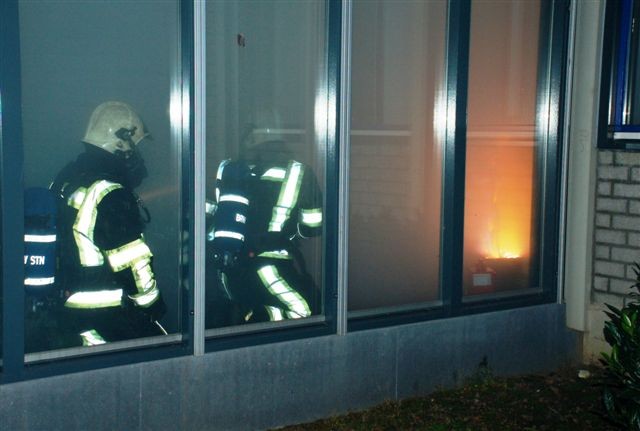
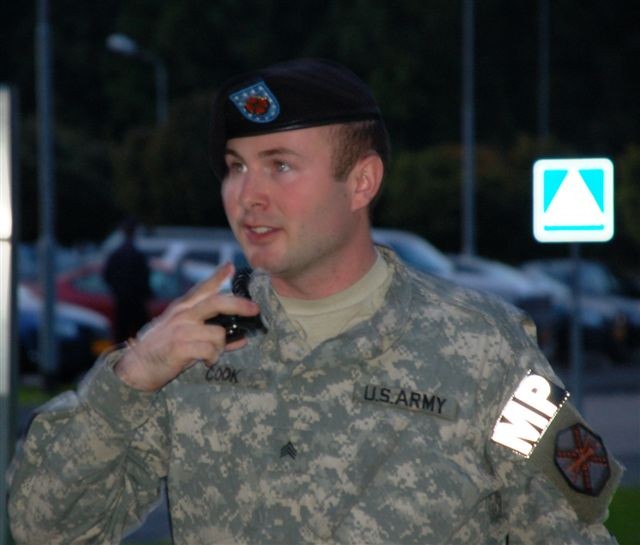
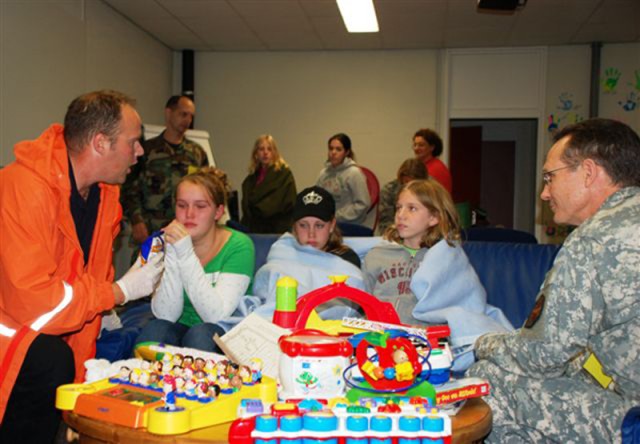
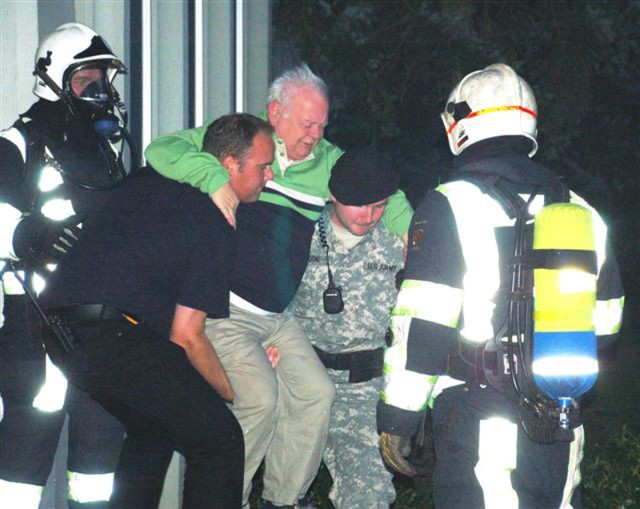
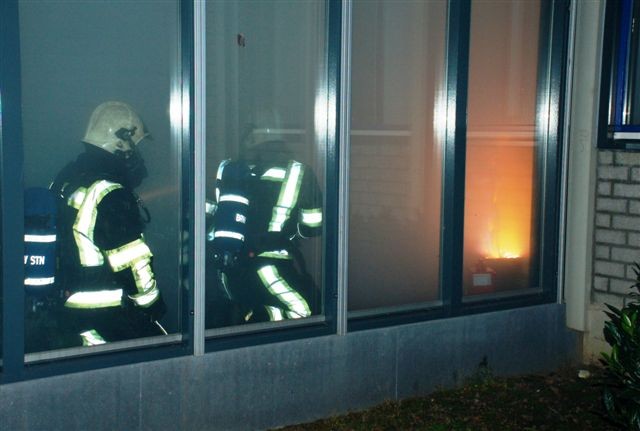

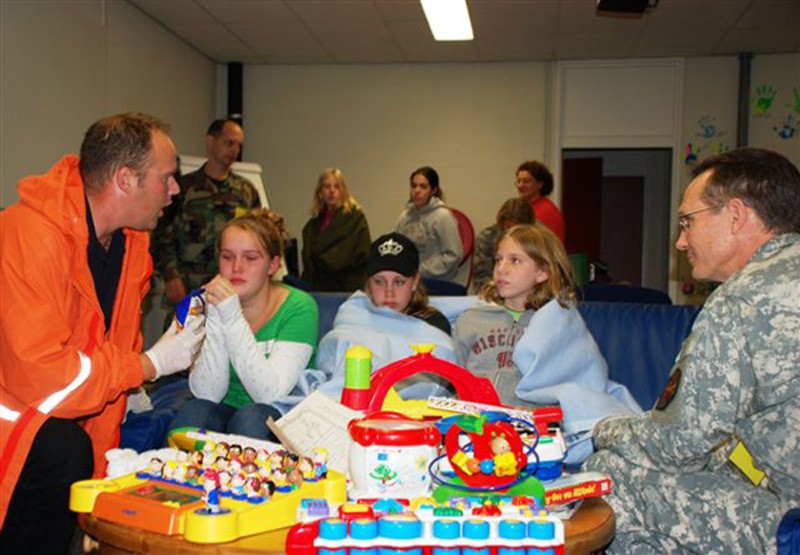
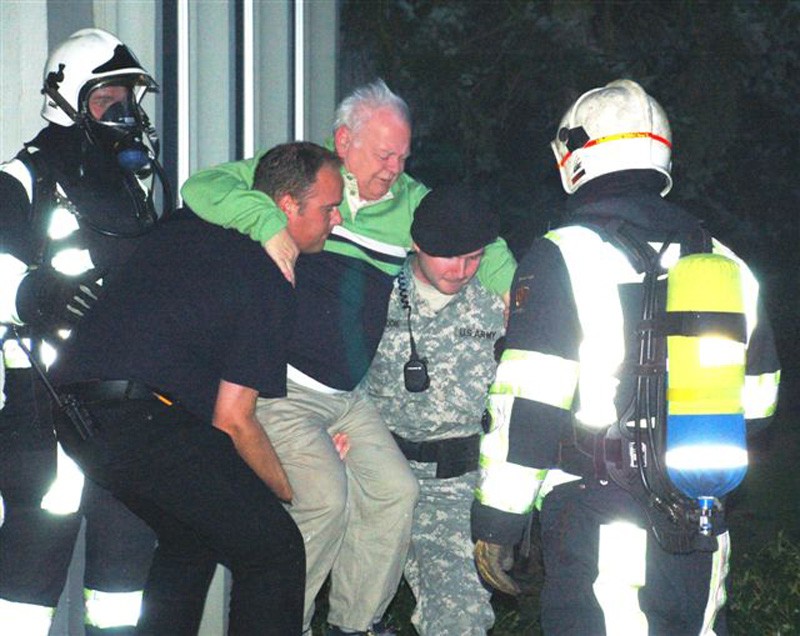
Social Sharing